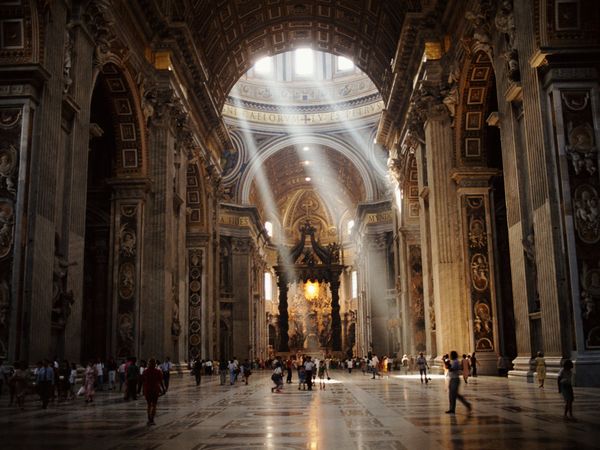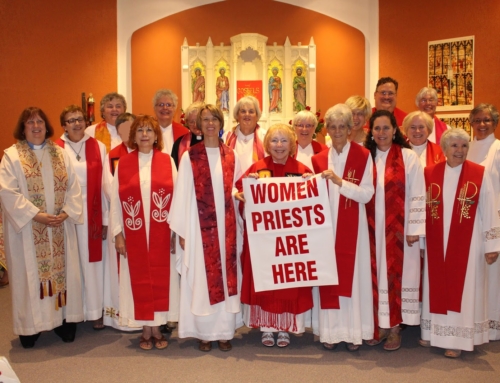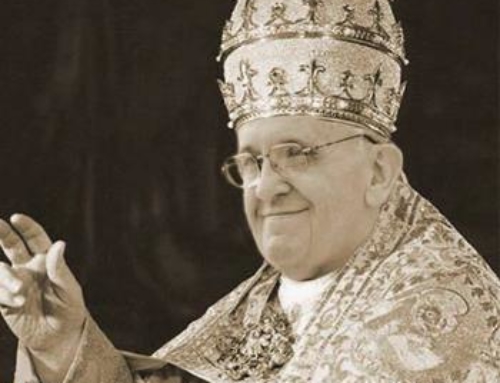The third episode of Triumphs and Tragedies takes us into the years after the death of the apostles. From 100 AD – 200 AD the church is struggling against sporadic persecution. This persecution is not only the formal persecution by the Roman authorities, but also the local persecution of mobs and low level persecution faced by minority groups in any culture. The Christians are regarded as disloyal Roman citizens on the one hand, but there are also rumors that they have cannibalistic late night orgies because of a mis-understanding of the term “love feast” and “eating the body and blood of the Lord.” In addition to this, the early Christians are perceived as foreigners, Jews, slaves and the dregs of society.
Enduring persecution, the early Christians are also struggling to emerge as a distinctive faith in the vast marketplace of philosophies, religions, ideologies, sects and cults in the multiform, multi racial culture of the Roman Empire. This marketplace of religions is summed up with the term Gnosticism. Gnosticism is an umbrella term for a range of different religious movements that all shared some particular traits.
One of the main characteristics was Dualism. In contrast to the doctrine of the incarnation by which God takes human form, the gnostics invariably separated out the physical realm from the spiritual. The physical was considered unclean. The spiritual pure and lovely. The object of the religious philosophies and practices was somehow to attain the knowledge and discipline required to transcend this physical world and ascend to the spiritual.
Dualism is inconsistent with the doctrine of the Incarnation. If the physical world is evil, then God could not possibly be part of it and God’s Son must have only seemed to have human flesh.
This temptation in religion is always present because, to be honest, it seems like common sense. If you were making up a religion you would be dualistic. You would see the physical world of pain and suffering as inferior to the spiritual realm. Incarnation–in which God becomes man–is a total surprise and something no one would think of, and this is why the gnostics rejected it. Such an idea was too much of a stretch.
Gnosticism continues today. In fact, I think it is probably the main religious form in America today. Ross Douthat’s book Bad Religion is an excellent discussion on gnosticism in American religion today. He points out how the liberal Bible scholars, prosperity preachers, New Age gurus, and other religious sects are today’s gnostics. I highly recommend it.
Think about it. The liberal Bible scholars actually promote the ancient gnostic writings and for a long time have tried to convince us that the incarnation is no more than a myth. The sects like Mormons, Jehovah’s Witnesses and others have their own “prophets” and extra Biblical writings that you must master to attain salvation. Then we have the New Agers with their mix of superstition, self help and being “Spiritual but not religious”. Finally we have the self help prosperity preachers teaching a path to recovering and rehab and instant wealth health and happiness.
It is Gnosticism Re-Visited.
To counter Gnosticism the Holy Spirit led the church to develop four pillars of orthodoxy: 1. A hierarchical ministry 2. Creed 3. Scripture 4. Dogma. These authorities helped define what was true Christianity and what was not, and who was in and who was out. While the early theologians defined Christian doctrine they were also syncretistic inasmuch as they drew from the surrounding philosophies and religions what was good and used them in a compatible way with the teachings of Christ.
Here are some notable leaders of the church and some links to learn more.
Ignatius of Antioch – born around 35 AD he was martyred as an old man in July 108 AD. As he travelled to Rome to be martyred he wrote letters to the churches and to his friend Polycarp
Polycarp – born around 65 AD he was martyred 155 AD aged 88. Along with Ignatius of Antioch he was a student of John the Apostle.
Justin Martyr – born around 100 AD in Samaria in Judea, he was a convert to the faith. He became one of the first apologists and died a martyr in Rome around 165 AD
Irenaeus of Lyon – born around 130. He was martyred in France 202 AD. Irenaeus is the first great theologian of the church after St Paul. His work Against the Heresies stands out for its clear defense of the incarnation of the Lord as opposed to the heresy of gnosticism, and the fundamental pillars of Catholic faith and practice: the Scriptures, the traditions, the bishops and the authority of the Church of Rome.
Some books I found helpful as I was coming into the Catholic faith are collections of the writings of the Church Fathers. Some of the writings are arranged by categories, others in sections by each of the writers. I’ve highlighted and linked the ones I think are best.
The Fathers Know Best by Jimmy Akin – Jimmy compiles quotes from the writings of the church fathers on various topics: the sacraments, church authority, the scriptures etc.
The Early Christian Fathers by Henry Bettenson – this is a classic. Bettenson categorizes by the Church Fathers, then has quotes from them on the topics of interest. Top recommendation! If you’re only going to get one get this one!
When the Church was Young – Marcellino D’Ambrosio writes a very readable history of the first five centuries of the Church.
Early Christian Writings tr. Maxwell Staniforth – here is the full text of Clement’s Epistle, Ignatius’ Letters, the Didache, the account of Polycarp’s martyrdom, the Epistle to Diognetus and the Epistle of Barnabas
For Coming Home Resources my friend Kenneth Howell has also translated and added commentary to two volumes: Clement of Rome and the Didache and Ignatius of Antioch and Polycarp. You’ll find there the full account of Polycarp’s martyrdom. It’s a wonderful read. You can also find more about it here online and here.
Asking the Fathers by Aelred Squire is a rather more dense study of the teachings of the fathers of the church.
The Early Church by Henry Chadwick is a good overview of these first five centuries of church history. His chapter on Gnosticism is the best.
These books–some of them classics–some newer editions are worthy additions to your library!







[…] Subscribers. Go here to learn how to become a Donor Subscriber. If you are a Donor Subscriber go here for the blog post that accompanies the […]